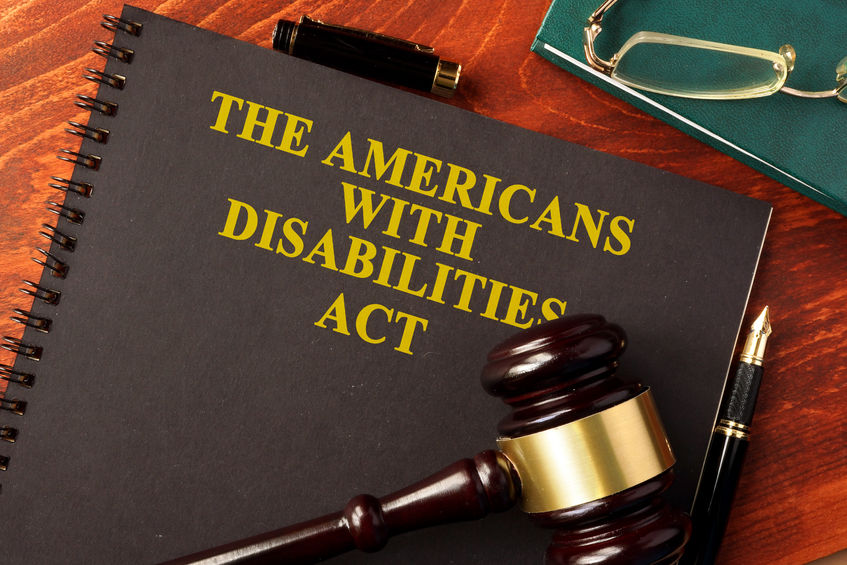Overview
There are various state and federal laws that prohibit discrimination against disabled individuals. The best known of these is the Americans with Disabilities Act (“ADA”), which requires that places of public accommodation be accessible to those with disabilities.
The best known of these is the Americans with Disabilities Act (“ADA”), which requires that places of public accommodation be accessible to those with disabilities.
Although the ADA was originally meant to apply to “brick and mortar” businesses, the law has evolved to apply the ADA, and other state anti-discrimination laws, to businesses’ websites. This means that if you use a website to interact with your customers, that website must be equally accessible to those with disabilities, and most notably, sight-impaired individuals.
With this, a cottage industry has emerged, where sight-impaired individuals and their lawyers are filing thousands of lawsuits per year against website operators of all types. These lawsuits are almost identical and, in them, a plaintiff typically alleges that the plaintiff, a sight-impaired individual, was unable to fully access a website and purchase whatever goods or services are offered.
These lawsuits bring claims under not only the ADA but also state anti-discrimination laws, including the Unruh Civil Rights Act in California and the New York State Human Rights Law. These laws provide for damages to plaintiffs, as well as attorneys’ fees for the plaintiffs’ attorneys. Businesses that are caught unaware of these legal requirements can expect to pay thousands of dollars to settle these lawsuits and thousands more to bring their website into compliance. And, until websites are made fully compliant, businesses could be subject to “copycat” lawsuits and demand letters from other plaintiffs and law firms.
What can your business do to be proactive and avoid lawsuits of this type? Although these state and federal laws do not provide clear guidelines for what makes a website “fully accessible,” there are steps you can take to minimize the risk, while making your website accessible to those with disabilities:
- Collaborate with legal counsel and your web development team to make the elements of your website accessible to sight-impaired individuals. A good place to start are the guidelines set forth by the Web Content Accessibility Guidelines (WCAG).
- Make sure your website contains a statement concerning accessibility and offers sight-impaired individuals alternative means to access your goods and services.
- Be aware that web-accessibility overlays, also known as “widgets,” may provide a fast solution to making a website accessible but may not be compatible with “screen readers” and other tools used by sight-impaired individuals to navigate the web. This can be a sticky issue in and of itself. In fact, thousands of websites have been sued in spite of accessibility overlays being employed.
- Perform regular audits of your website to ensure that it remains accessible to sight-impaired individuals.
- If you do face an accessibility lawsuit, or are sent a demand letter concerning your website, consult with counsel who can assist you in resolving the case and ensuring compliance going forward.
